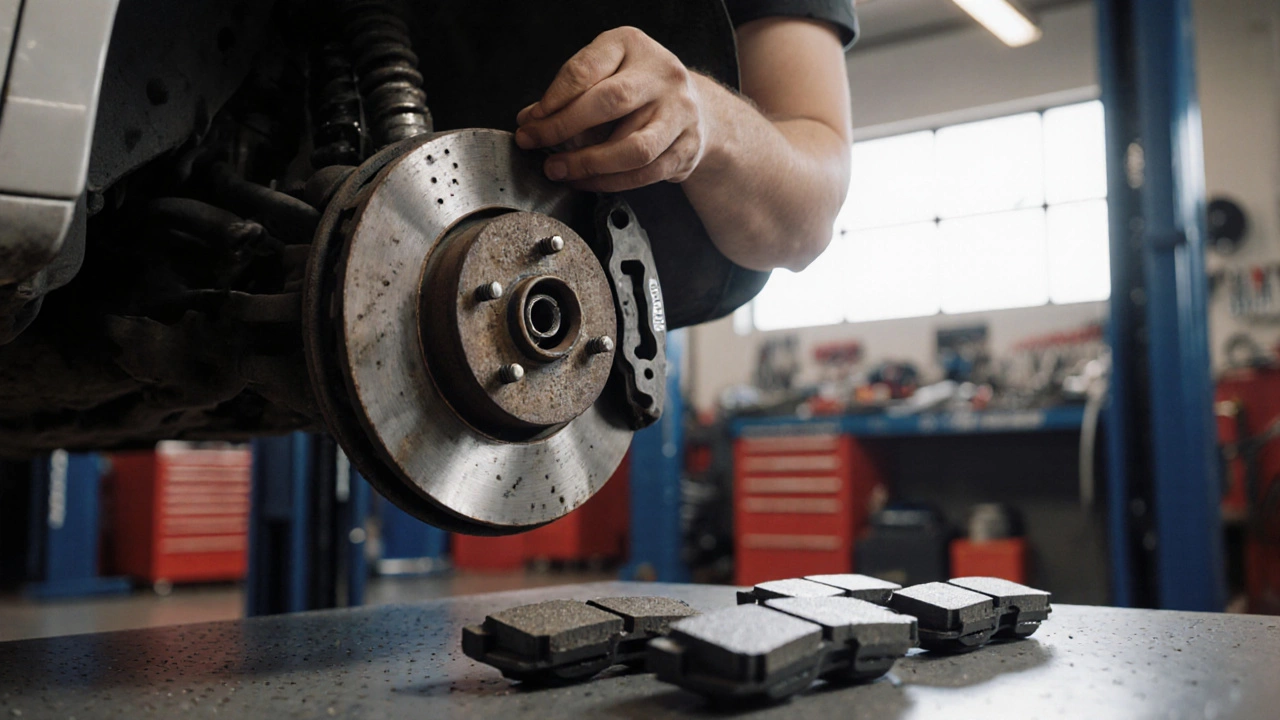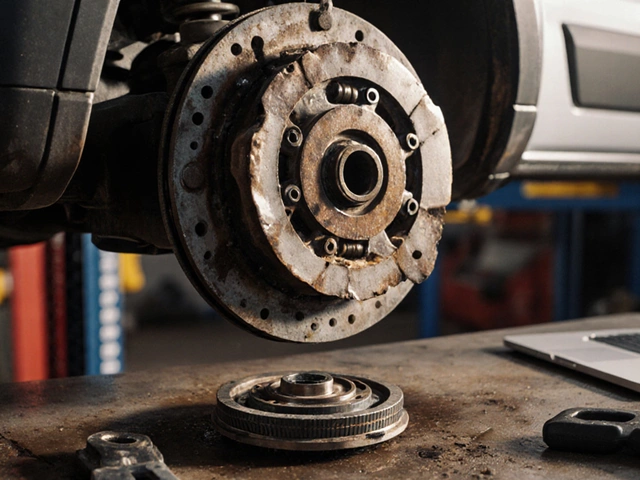
Brake Pad Labor Cost: What You Really Pay to Replace Them
When you hear brake pad labor cost, the price mechanics charge to remove old pads and install new ones, it’s not just about time—it’s about what’s underneath. Brake pads don’t work alone. They’re part of a system that includes rotors, the metal discs the pads clamp onto, and calipers, the hydraulic clamps that squeeze the pads. If your pads are worn, those other parts might be damaged too. A shop might say they’re just replacing pads, but if the rotors are warped or the calipers are sticking, you’re paying for more than labor. That’s why the same job can cost $150 in one garage and $400 in another.
Here’s the truth: labor isn’t fixed. It depends on your car. A Honda Civic takes maybe 1.5 hours. A luxury SUV? Could be 3 hours or more because of complex sensors, electronic parking brakes, or tight wheel wells. Some shops charge by the hour. Others bundle labor with parts. And don’t assume a cheap quote is a deal. If the quote doesn’t mention rotor inspection or caliper service, you’re probably getting a half-job. Real brake work means checking for uneven wear, measuring rotor thickness, cleaning slide pins, and lubricating contact points. Skip those steps, and your new pads will wear out fast—or worse, make noise or pull to one side.
What you pay for labor also depends on where you live. In big cities, labor rates are higher. In smaller towns, you might find a mechanic who knows your exact model inside out. But don’t chase the lowest price. Look for someone who explains what they’re doing. A good tech will show you the old pads, tell you if the rotors are near the minimum thickness, and warn you if the hardware needs replacing. You don’t need to be a mechanic, but you should understand what’s being done. That’s why the posts below cover everything from how to spot worn pads to what’s included in a full brake job. You’ll find real cost breakdowns, signs your brakes are failing, and how to avoid being upsold. This isn’t guesswork. It’s what people actually paid, what went wrong, and how to make sure you get it right the first time.
-
15 Nov






